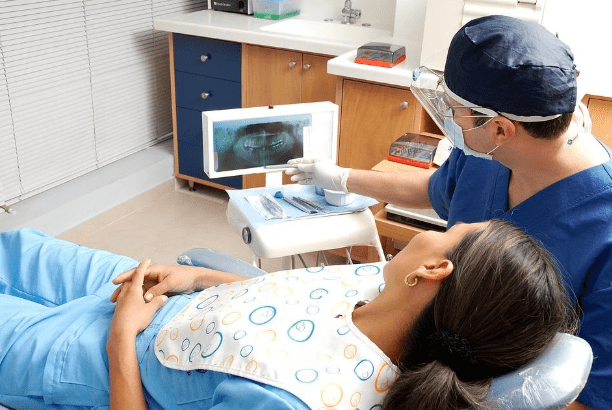Malocclusion is the medical term used to describe the misalignment of teeth. These problems, when not corrected, may lead to complications. The common conditions referred to as malocclusion are:
- Teeth crowding
- Crooked teeth
- Overbite, underbite, and crossbite
These misalignments may cause anything from mild discomfort to an inability to perform essential functions.
Ideally, a person’s teeth should be aligned well, and fit inside the mouth without causing any problems with protrusion or crowding. Problems with teeth alignment are typically inherited, but there are also some conditions and habits which may lead to the formation of these misalignments such as:
- Prolonged use of a pacifier especially when a child is more than three years old
- Early childhood thumb sucking
- Injuries affecting the jaw area
- Poor dental hygiene and care
- Tumors formed in the mouth or jaw
Depending on the severity of the malocclusion, the person may suffer from symptoms such as impaired speech, problems with chewing food, altered appearance, and breathing problems.
Classifying and diagnosing malocclusion
An orthodontist Woodbridge VA practitioner diagnoses teeth malocclusion through a dental exam. Apart from a physical examination, the dentist may also require an X-ray to have a closer look at the alignment of teeth. Malocclusions are generally classified into the following categories:
- Class 1 malocclusion. In this type of teeth misalignment, the person’s bite is considered normal, and there is only a slight overlap between the upper and lower teeth.
- Class 2 malocclusion. When there is a significant overlap between the lower jaw and upper jaw, the person suffers from severe overbite characterized by a class 2 diagnosis.
- Class 3 malocclusion. In contrast with class 2 malocclusion, class 3 refers to prognathism, which is also known as a severe underbite.
When a person is diagnosed with malocclusion, the orthodontist will recommend a suitable treatment depending on the severity of the condition. There are several options available to a patient; the most common are:
- Attachment of plates or wires to prevent movement in the jaw area
- Teeth may be reshaped, bonded, or capped
- In extreme situations, a patient may undergo surgery to change the jaw shape
- Metal braces to correct teeth alignment
In almost all treatment procedures used to correct malocclusion, it is common for patients to experience pain and discomfort.
Is it possible to prevent malocclusion?
Preventing this type of disorder is almost impossible in most cases since it is hereditary. Nonetheless, parents need to be aware of the effects of pacifiers and thumb sucking. If you see any signs that your child may be developing malocclusion, consider taking the child for a dental exam right away. An orthodontist will often assess the condition first before recommending any treatment or correction procedure.
When detected at an earlier age, it is also possible to reduce the severity of the condition. It is recommended that anyone who suffers from malocclusion undergo treatment as soon as possible. Treatment while the patient is still young, often reduces the length of the procedure, and also makes it less expensive.
I’m a 20-something stay-at-home mother and wife. I have an amazing husband, a beautiful daughter, two loving dogs, and a lazy cat. I wouldn’t change my life for anything! I love to read, listen to music, cook and blog!


Speak Your Mind